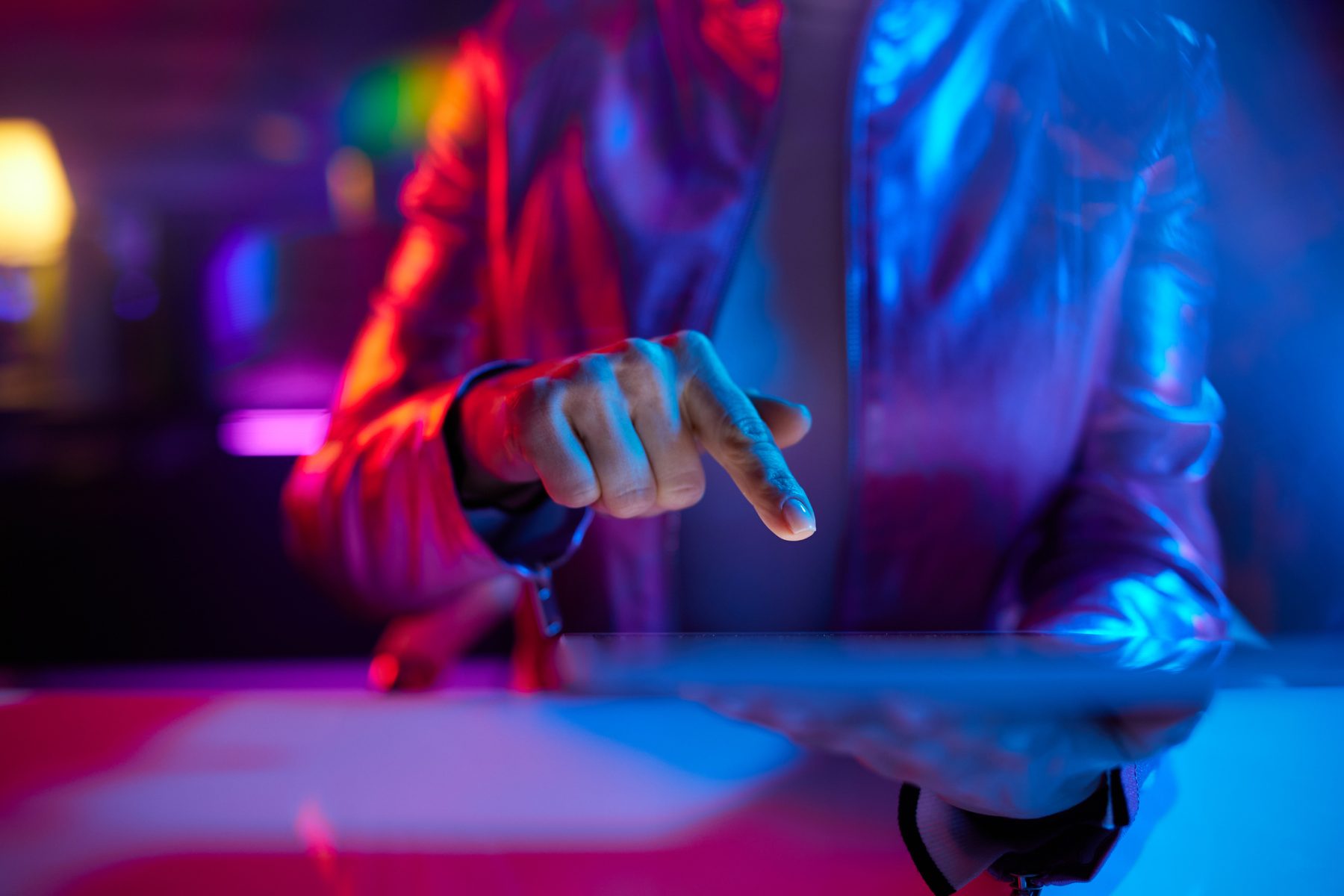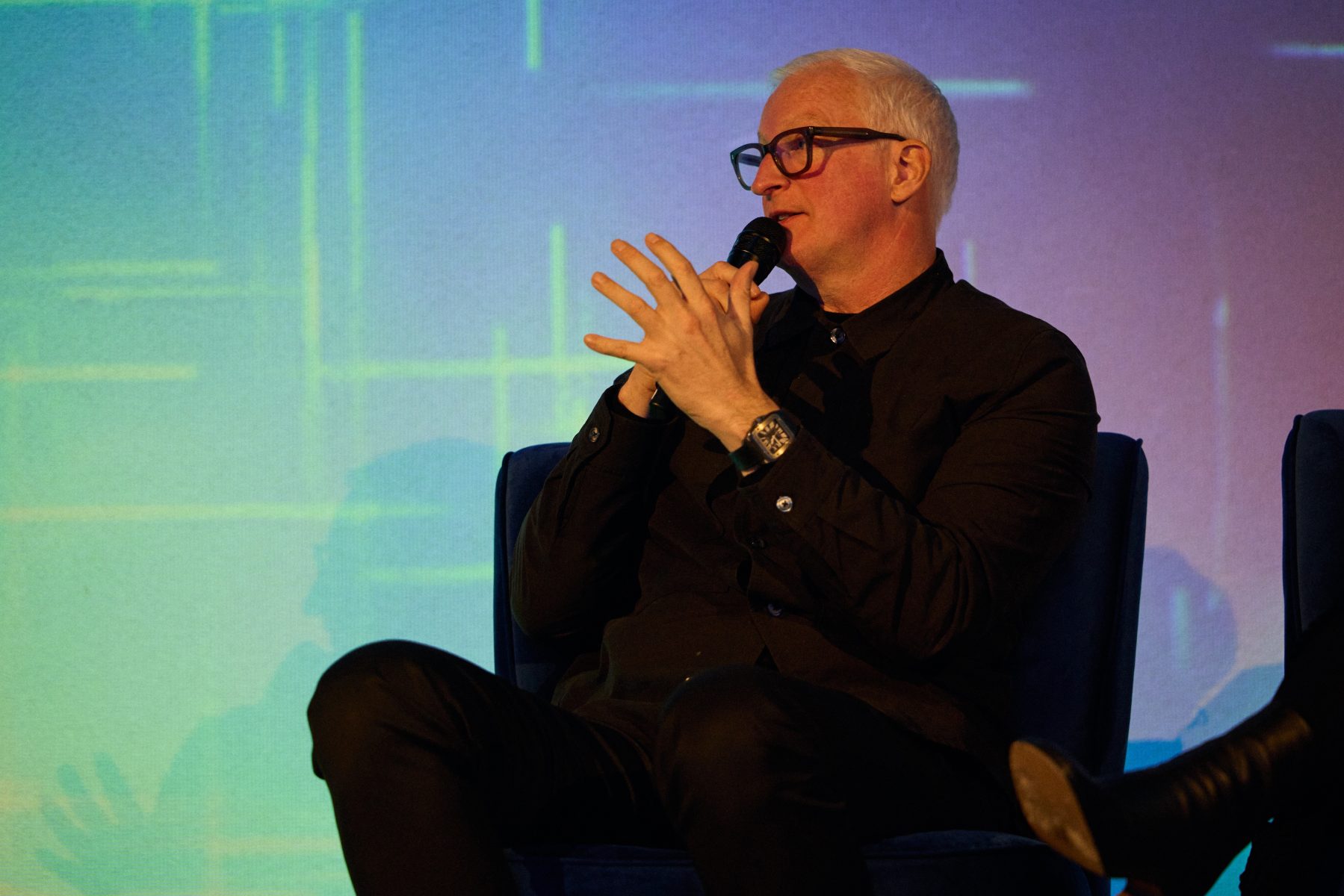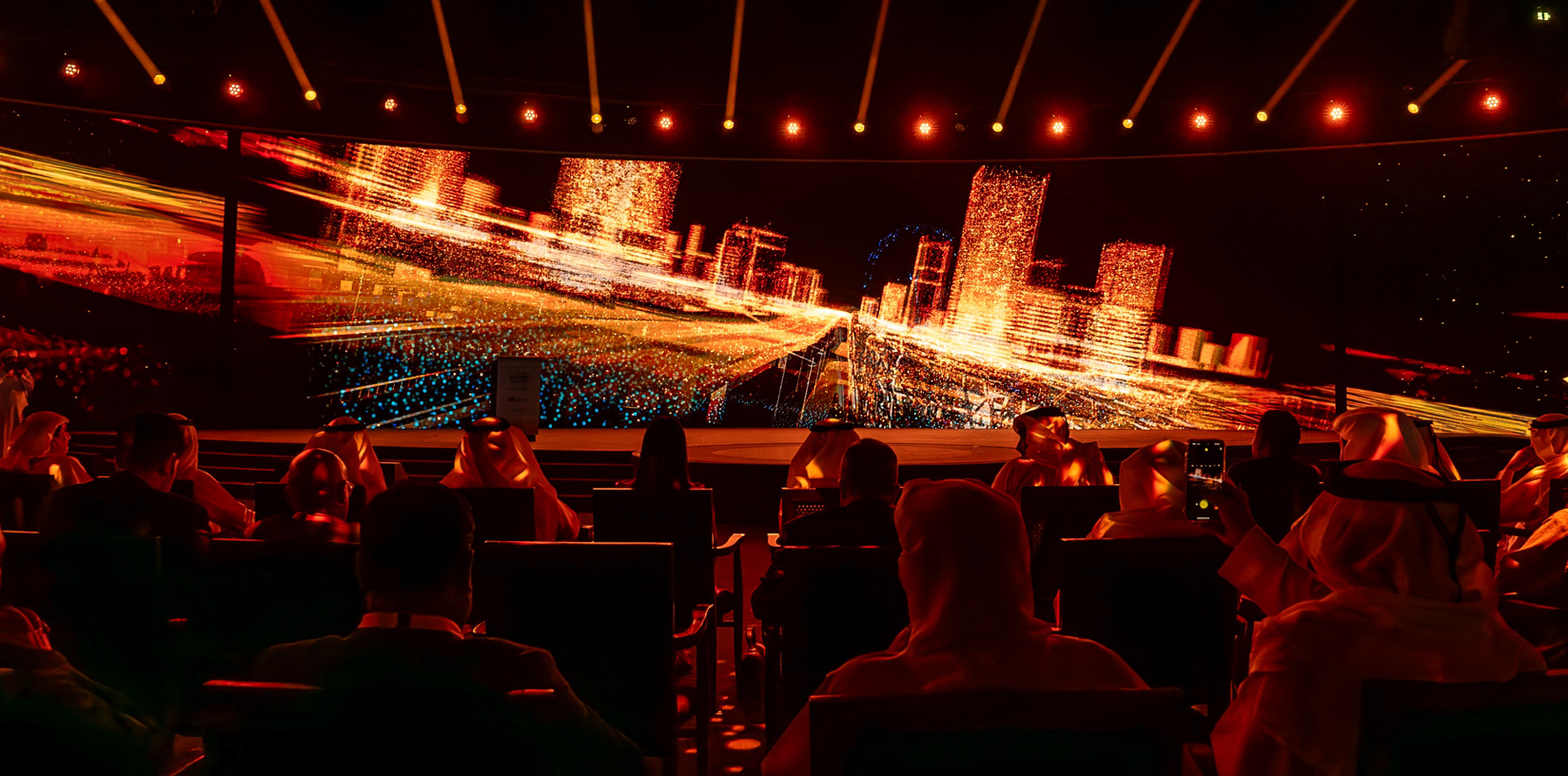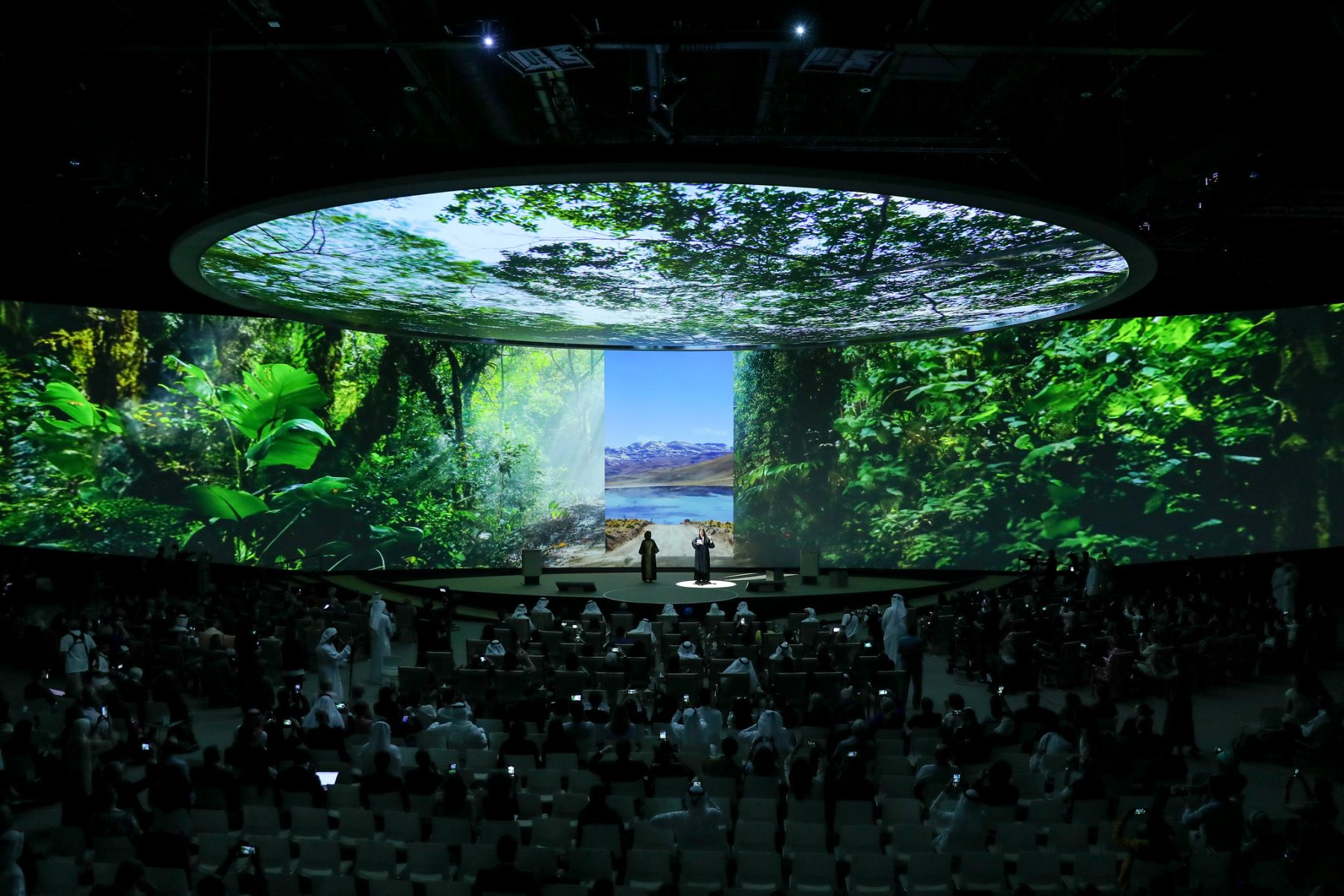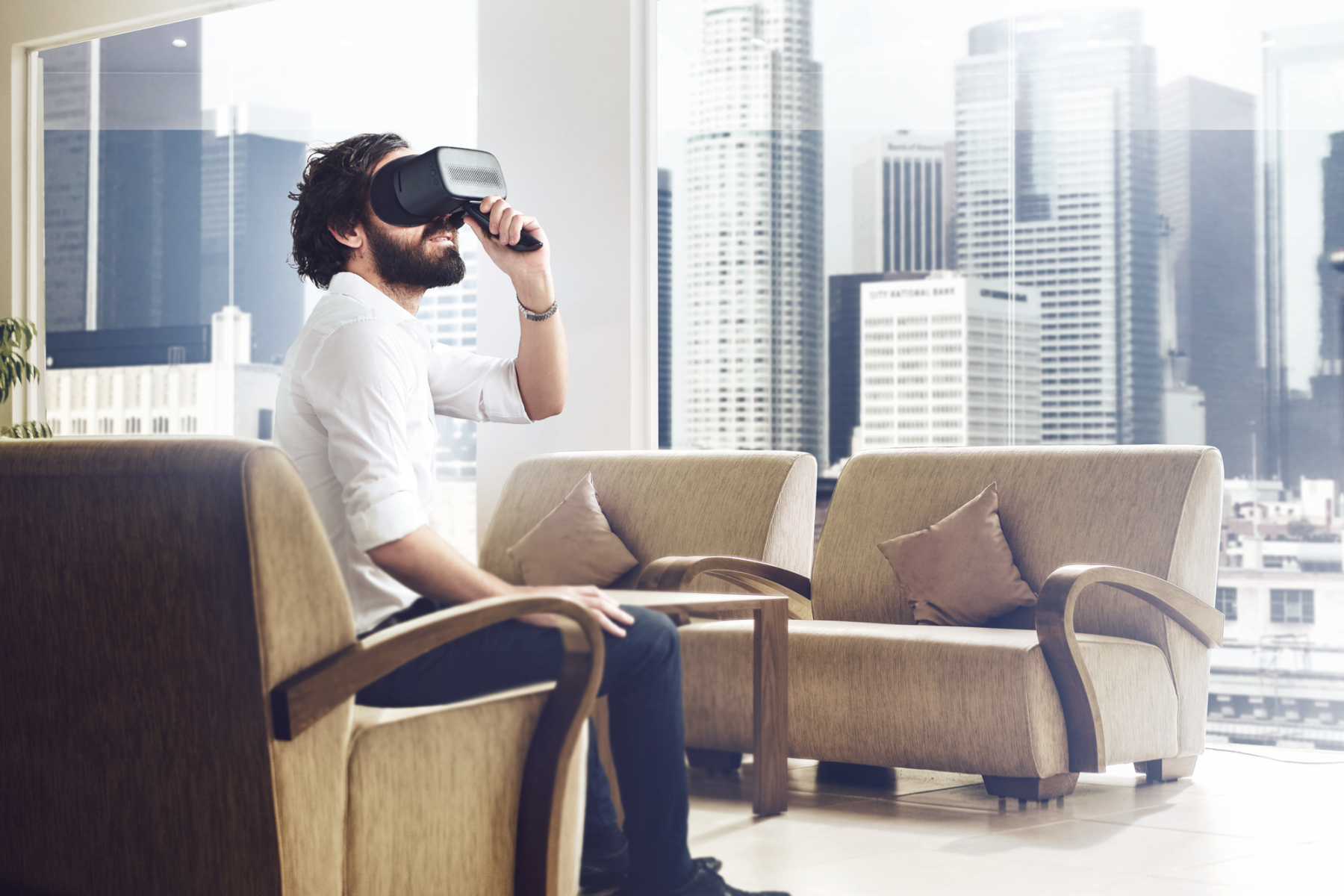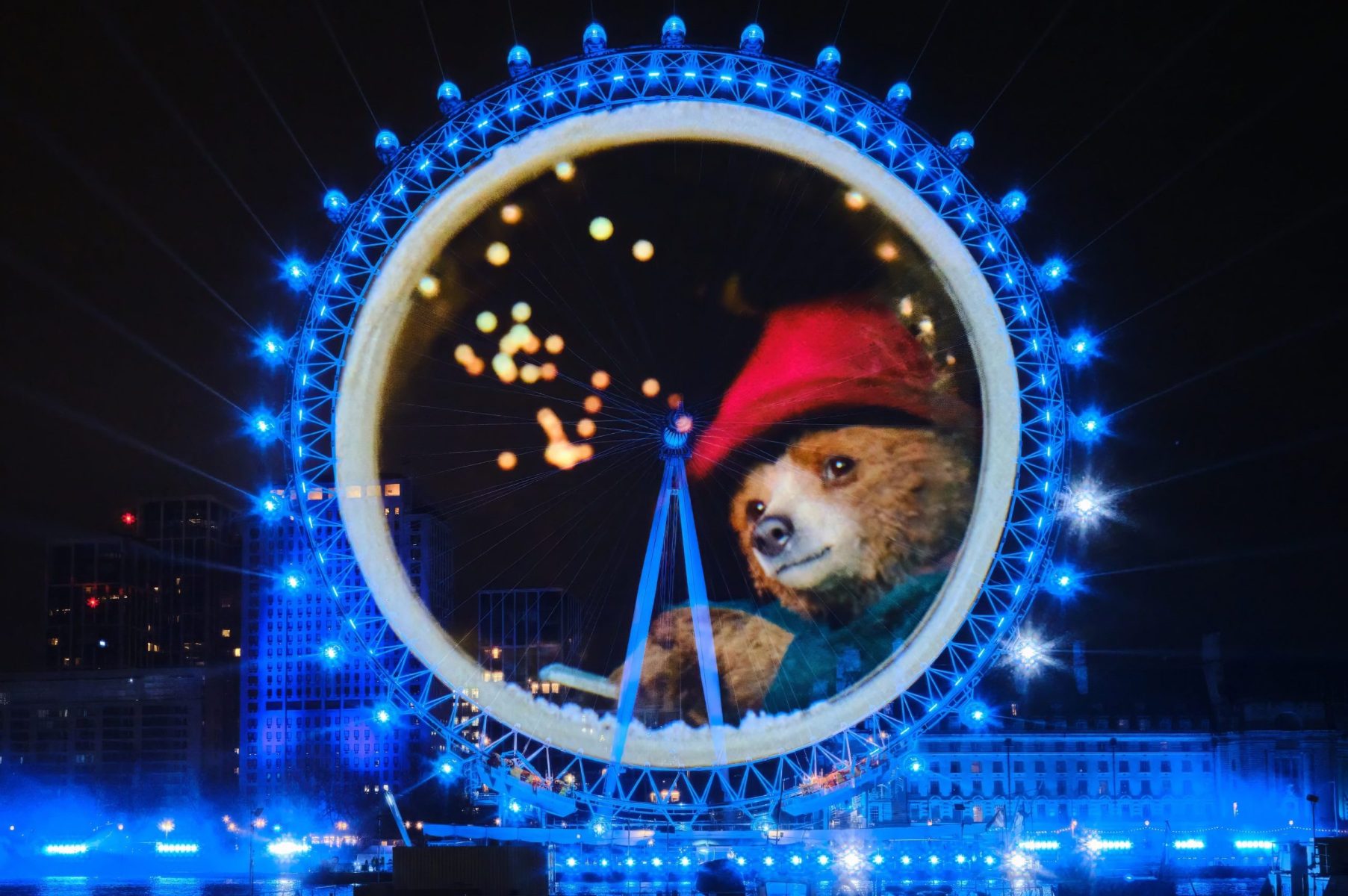What does the return of live events look like?
What does the return of live events look like from an attendee perspective and how has event etiquette changed compared to a pre-pandemic world?
Don’t miss Shéa Bennett and Michael Gietzen talking about the return of chest bumps and how event technology has adapted to meet the new era of events.

MG: Hello, and welcome to Identify the news views and insights from within the events industry. I’m delighted to be joined by Shéa, our head of strategy at Identity as really this common theme that we’ve got running now, which is the impact of the return of live events and I know more than any, that it’s a really exciting time.
People are very optimistic, Shéa, but what do you think this means to the attendee now that’s coming? What, what, what have we learned from this?
SB: I think everyone in our industry is really excited about the return of live events and why wouldn’t we be but, and if we set the kind of landscape, if the government tests are met on May the 17th, I think big events, sports, stadiums, and indoor live music gigs, and things like that will be able to reopen with capacity limits. And I think it’s a thousand for live events. And then, yeah if tests continue to be met, then we get to June 21 and the government hopes to lift all social restrictions. And this is of course is part of their, that four step roadmap to help get the country back to normal but the world isn’t normal and I don’t think it will be for some time, and that includes, of course, the world of live events and so there’s a lot of unknowns and so some of these are quite small, but significant. One good example for me is like, handshakes? Will the handshake, will it ever return. I mean, it is, it was the way that introductions are made in the business world.
You meet someone and you hold your hand out. But when was the last time that anyone really shook hands with a stranger? I mean, someone you’ve met for the first time in a business environment. I mean, it’s, it’d be over a year for most, most of the world. Um, so it was instinctive that handshake, it was, it was normal, but is it still? I mean, for some, it will be you’ll reach your hand out, but there will be a good chance that some people will not return that gesture. And that, that, that implies a shift in like social etiquette and norms. I mean, end of last year, Identity did a study where we found that while 80% of respondents were very keen to attend live events in person. I think over the next 12 months, prohibiting handshakes was considered as necessary.
I think by 60% of those questions, that’s quite a significant number of people. Of course since then we’ve had the rollout of the vaccination program and attitudes may have changed, but does the vaccine make us feel less or more safe in a social environment. We just don’t know, and then, so if the handshake doesn’t return, um, you know, what can replace it?
I mean, it could be something like wearable tech, like digital smart cards. I mean, personally, I’m still holding out for the return of the chest bump. Uh, not quietly confident that won’t make a big comeback, but we really don’t know. We really don’t know if the handshake is going to return and if it does, when it will be, but I think there will be resistance.
MG: Interestingly, so I played golf, uh, last week and, uh, with the person that I played golf with, we talked about this very same subject matter, and it was going back to the reason behind the handshake and it’s an open Palm of trust and acceptance and so on. And you now, I don’t know what can replace that when you’re trying to do an intimate deal and so on.
And I think there’s going to be, I actually think the world has moved on and it’s been interesting these last few weeks, where some of the norm is, is, is coming back of how quickly you revert back to old habits.
SB: You do. Yeah. And essentially you say that about that, about the hand shake, because I think holding our hand now has a very different meaning.
Doesn’t it? I think we might, we’ve been taught to, to kind of recoil essentially from something like that. So that’s, that does have a big, um, big ramifications, I think for the return to the live event space, which, which is that handshakes are very much part of that, but. Then we get to the appetite for returning to events generally.
So broadly is the business world, is the public as keen to return to live events as our industry is? I mean, are they ready on mass to just go back? I mean, this is another one of the great unknown questions. I mean, you know, Michael as well as I do, there’s an old adage in, in our industry that if you build it, they will come, but there hasn’t really been true for about a decade.
And it certainly wasn’t true, when we were delivering live events over the past year, I mean, marketing and comms were just super critical to ensure high levels of attendance and success in those virtual deliveries and that transition we’re in now from the virtual space, virtual events, into this kind of hybrid and an in-person events space, um, there’s learnings to be had from the former.
They were very much applied to the latter. So we did a lot of deep work about this, at Identity, and I think we learned so much from um, the version of hybrid events we were doing for brands like the Royal Navy and the RAF, Panasonic, Unilever, I think the application of those learnings, um, is more important than ever for in-person events and experiences and there’s best practices that can be implied.
So I think to ensure attendance at a face-to-face event is it’s optimal because we can’t just assume footfall anymore. We can’t irrespective of the event size, and this is true for brands like an exhibitor, but it’s also true for event organizers as well. They can’t just assume people are going to meet and come rushing back and so I think for the first time in the live event, space audience acquisition um, simply is critical. You have to let people know what is happening, when, how they get there and, and why they should attend and that why that really selling the USP is, is, is, is of supreme importance right now.
MG: Yeah. Interesting. So an interesting point there as well is how are people going to manage that timetable? Because everybody’s going to want to do it at the same time. You think come September, really it’s going to be an absolute bum fight, get in on, you know, whatever gig is there. And I think that. That audience acquisition piece is what is the USP around the event that you’re holding is going to be critical.
SB: Yeah, but there’s another side to this as well. There’s, there’s a assurances, giving assurances. So that same study that we did last year, I think he showed that 96% of respondents consider pre-event comms regarding health and safety measures and very necessary 96%. So essentially everybody.
So yeah assurances that you’re coming to this event and you’re going to be safe is massively important. So staying connected to that audience, talking to them, keeping them engaged, keeping them assured really wetting the appetite is, is critical I think for in-person events success. And I think that, uh, for the first time, as I said, that that acquisition is now going to be of prime importance for brains to really have success in this space.
MG: Nearly as critical as having an alcoholic after a event drink as well. Yeah, absolutely. Yeah. Yeah. I noticed on the test project that was going on that there was a Prosecco reception afterwards. I thought they’d got that just right. Yeah. Shéa, there’s so much. There’s so much to talk about in this topic and I think it’s a great, yeah, a great place to, to settle on about thinking, you know, you’ve really got to think about audience acquisition now and how you’re driving footfall towards a particular event that you’re doing. Um, thank you very much for your time. If you’ve enjoyed what we’ve been talking about today, if you particularly have a comment around, will the handshake come back or do you have any alternatives like Shéa’s chest pump, uh, please leave it in the comment box below.
Otherwise have a fantastic day. Thank you.


